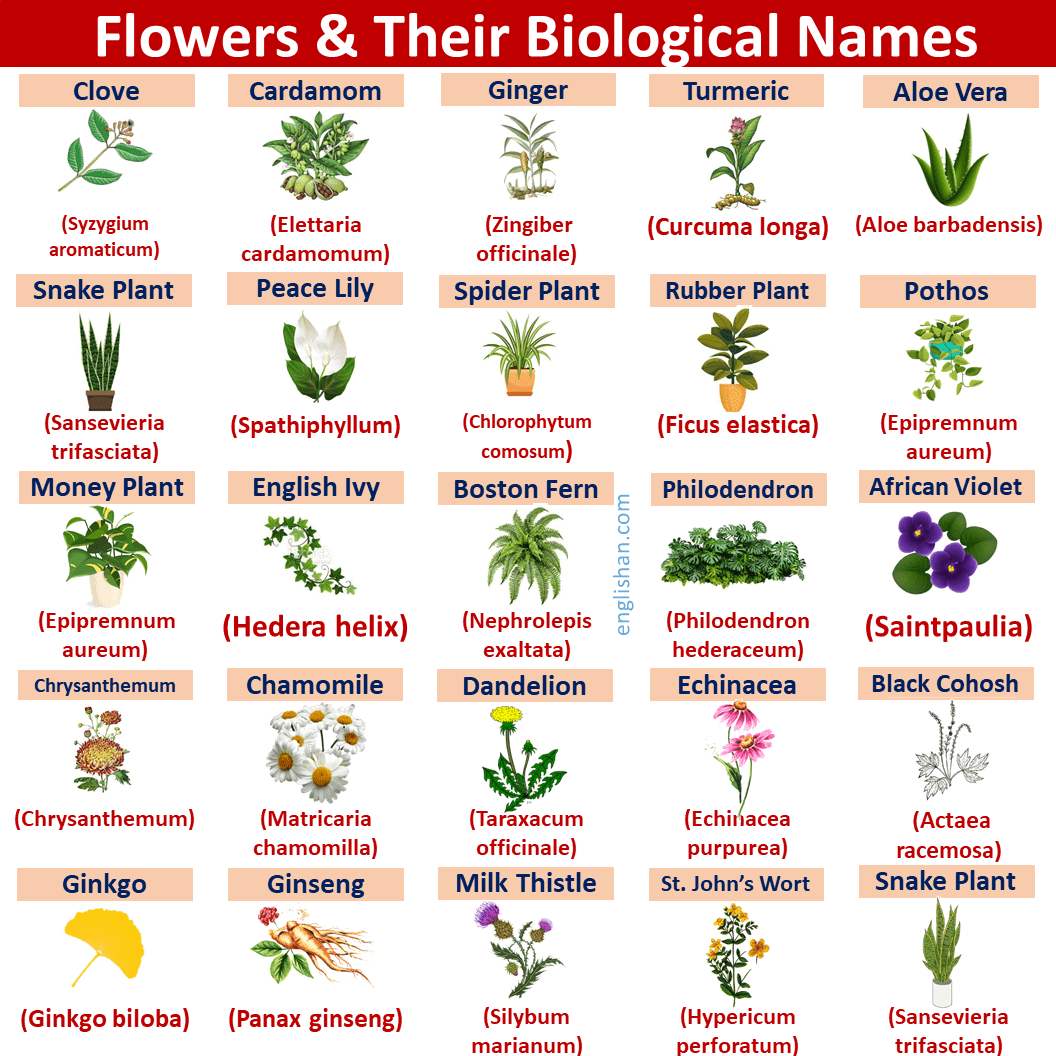Contents
When we talk about plants and flowers, using Flowers Scientific Names makes things clear. These names are like a special code that scientists and plant lovers use all over the world. No matter where you go, these names stay the same.
Why is this important? Well, in different places, people might have their own names for flowers. One flower could have many different names. This can be confusing. But with flowers and their scientific names, there’s no mix-up. Everyone knows exactly which flower you’re talking about.
For example, many people know the Rose. But did you know its scientific name is ‘Rosa’? Or the Sunflower? Its special name is ‘Helianthus annuus’. These names tell us more about the flower and where it comes from.
So, when we use Flowers Scientific Names, we’re sure about which flower we mean. It’s a simple way to share information without getting mixed up. If you want to learn more about plants, knowing their scientific names is a good place to start.
Flowers Scientific Names List
- Rose (Rosa)
- Sunflower (Helianthus annuus)
- Tulip (Tulipa)
- Daffodil (Narcissus)
- Lily (Lilium)
- Marigold (Tagetes)
- Carnation (Dianthus caryophyllus)
- Pansy (Viola tricolor)
- Hydrangea (Hydrangea macrophylla)
- Azalea (Rhododendron)
- Peony (Paeonia)
- Orchid (Orchidaceae)
- Iris (Iris germanica)
- Geranium (Pelargonium)
- Lavender (Lavandula angustifolia)
- Sage (Salvia officinalis)
- Thyme (Thymus vulgaris)
- Mint (Mentha)
- Basil (Ocimum basilicum)
- Parsley (Petroselinum crispum)
- Coriander (Coriandrum sativum)
- Bay Leaf (Laurus nobilis)
- Cumin (Cuminum cyminum)
- Mustard (Brassica juncea)
- Fennel (Foeniculum vulgare)
- Clove (Syzygium aromaticum)
- Cardamom (Elettaria cardamomum)
- Ginger (Zingiber officinale)
- Turmeric (Curcuma longa)
- Aloe Vera (Aloe barbadensis)
- Snake Plant (Sansevieria trifasciata)
- Peace Lily (Spathiphyllum)
- Spider Plant (Chlorophytum comosum)
- Rubber Plant (Ficus elastica)
- Pothos (Epipremnum aureum)
- Snake Plant (Sansevieria trifasciata)
- Money Plant (Epipremnum aureum)
- English Ivy (Hedera helix)
- Boston Fern (Nephrolepis exaltata)
- Philodendron (Philodendron hederaceum)
- African Violet (Saintpaulia)
- Chrysanthemum (Chrysanthemum)
- Dandelion (Taraxacum officinale)
- Chamomile (Matricaria chamomilla)
- Echinacea (Echinacea purpurea)
- Black Cohosh (Actaea racemosa)
- Ginkgo (Ginkgo biloba)
- Ginseng (Panax ginseng)
- Milk Thistle (Silybum marianum)
- John’s Wort (Hypericum perforatum)

FAQs on Scientific Names of Flowers
It’s the scientific name for plants.
They help identify plants properly since common names can be confusing.
Usually, a flower has one main botanical name, but sometimes there might be old ones that got changed.
A botanical name is scientific, while a common name is what people call a plant in everyday language.
Yes, it ensures you get the right plant.
There are special rules and groups that decide them.
They come from Latin or Greek words and might describe the plant or honor someone.
Yes, sometimes, based on new research.
Botanical gardens, plant books, or online databases can help.
Yes, every known plant has a unique botanical name.
You May Also Like







